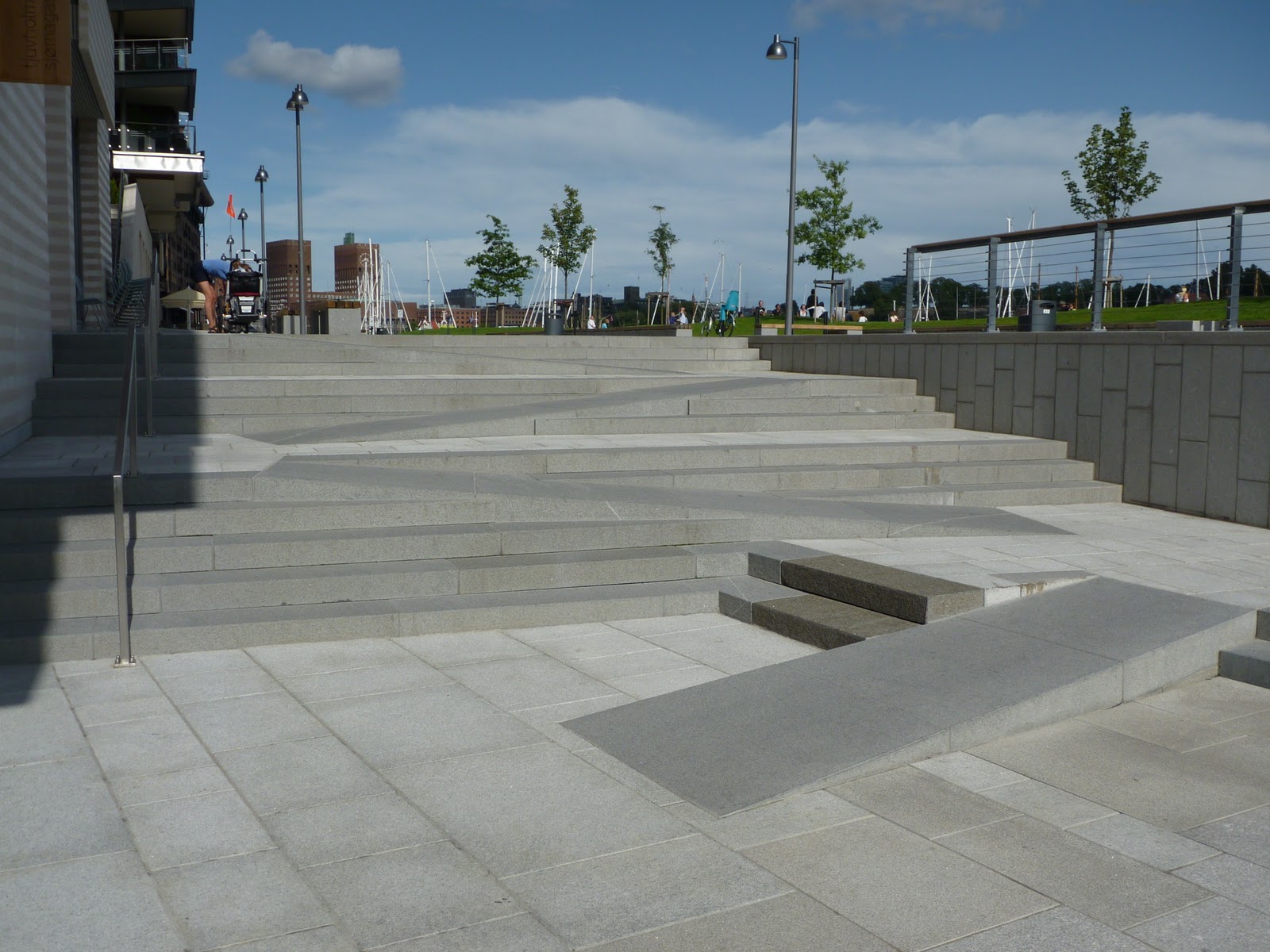
Her department has identified low-income and older Black residents as at the greatest risk of falling ill or dying from extreme heat. “Risk is based in environmental factors, such as the amount of green space but also tied to poverty and race,” Lundi explained. Through the Heat Vulnerability Index, which was created in partnership with Columbia University, the city government now understands that 3.4 million NYC residents are highly vulnerable (see image at top). This is why each year in New York City, more than 1,100 people are hospitalized for heat stress, and more than 100 dies. Furthermore, apartments and homes without air conditioners can be 20° F warmer than the outside. Lundi said on average cities can be up to 22° F hotter than surrounding natural areas.
#LANDSCAPE ARCH DANGEROUTS HOW TO#
Lundi seeks how to leverage communities’ support systems to lower risks to climate impacts. In NYC, there is a Mayor’s office of resilience, and Daphne Lundi is deputy director for social resilience. In three cities - New York City, Copenhagen, and Abu Dhabi - new approaches have been designed to both reduce urban temperatures and help communities adapt to a hotter world. Related Article Mask Architects Design Cooling Stations for Abu Dhabi's Urban Heat Island Reducing urban heat islands should be a central focus of the planning and design professions.

But, strangely, extreme heat doesn’t get the focus it deserves.

Underserved communities are particularly at risk, given they often lack trees and green spaces to mitigate the effects.Īccording to Devanshi Purohit, associate principal of urban design at CBT Architects, who led a session at the American Planning Association (APA)’s virtual national conference, extreme heat is the number-one climate killer in the U.S., accounting for more deaths than sea-level rise, flooding, drought, and other impacts. Within the built environment, which is too often formed of glass, steel, asphalt, and concrete, dangerous urban heat islands are increasing the risks of heat stress. Since the 19th century, the planet has warmed by 2° Fahrenheit. 2020 was tied with 2016 as the hottest year on record. Sustainability and Performance in Architectureįor this month, The Dirt and author Jared Green share with us a study about urban heat islands, exploring new approaches that have been designed to both reduce urban temperatures and help communities adapt to a hotter world, In three cities: New York City, Copenhagen, and Abu Dhabi.

The Future of Architectural Visualization


 0 kommentar(er)
0 kommentar(er)
